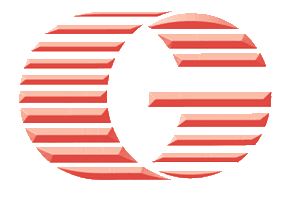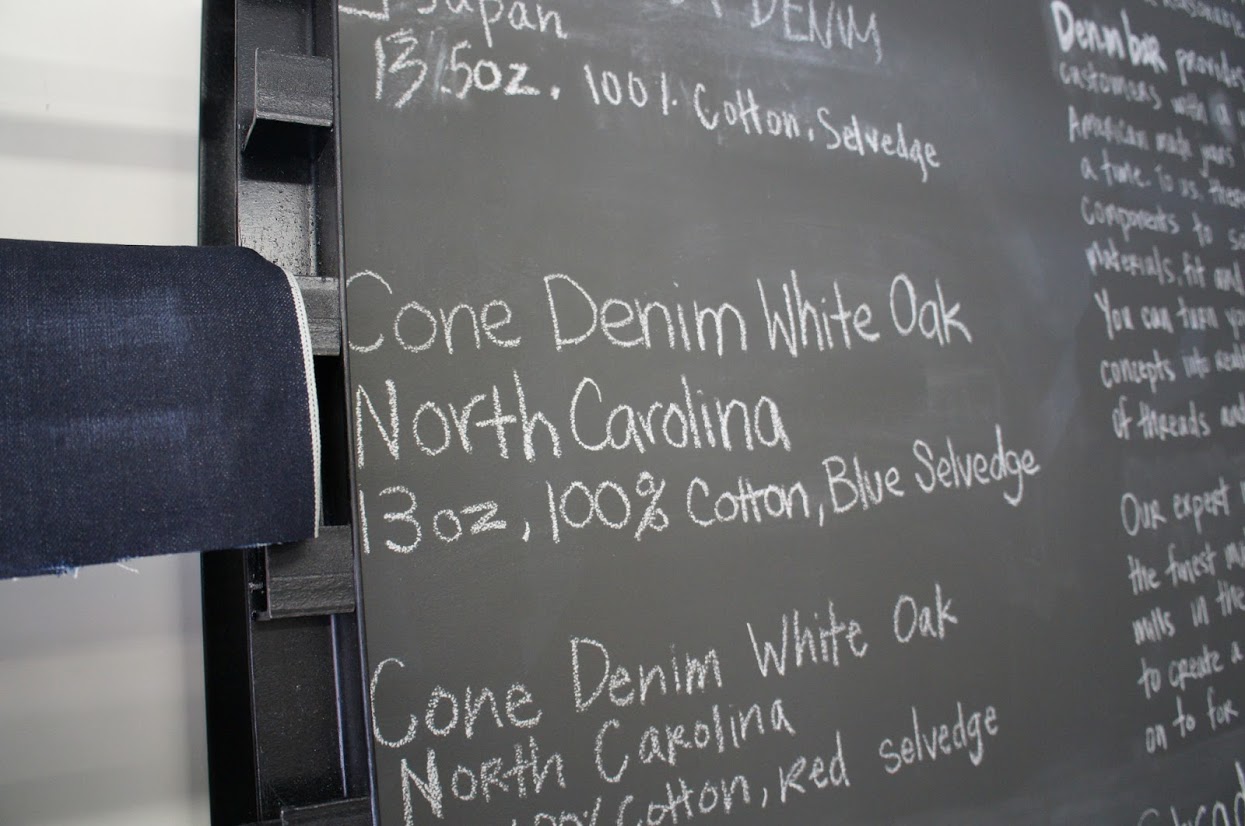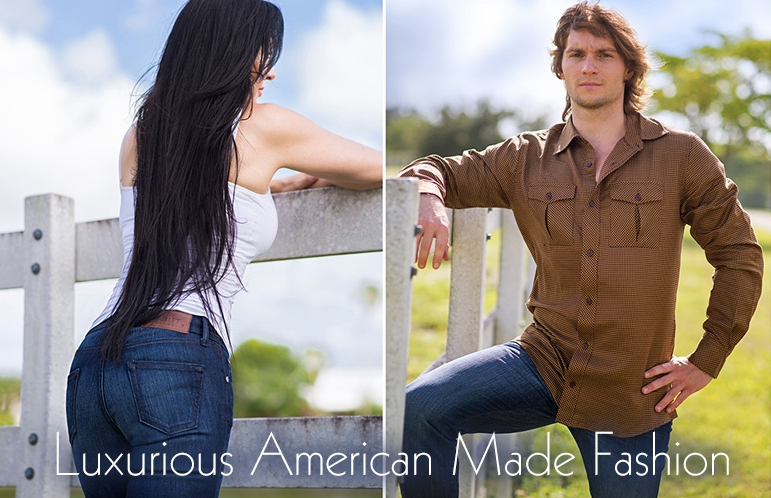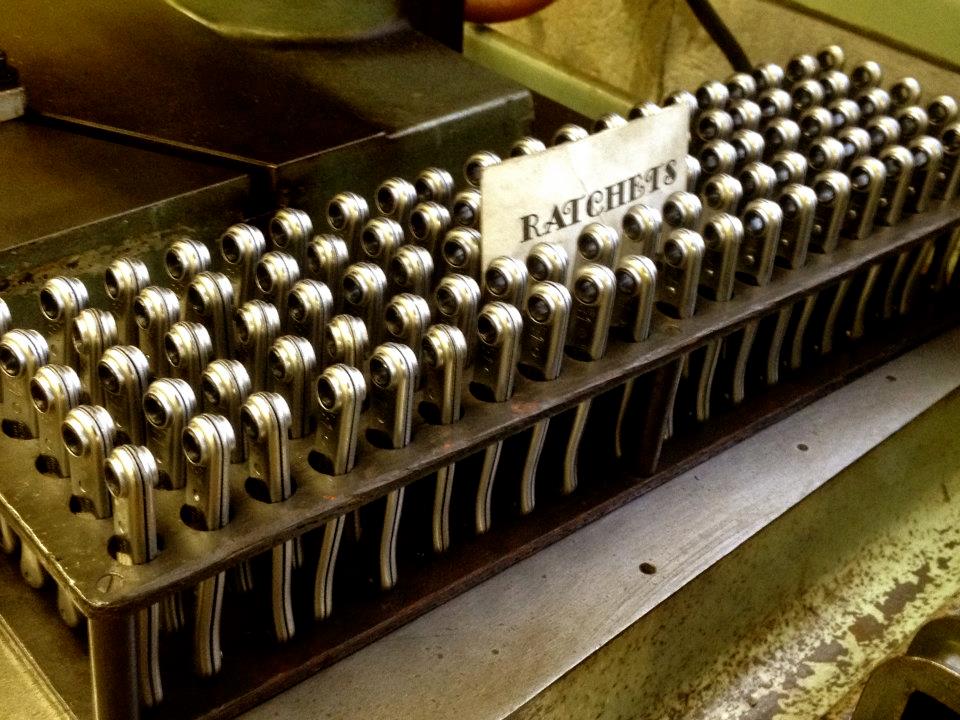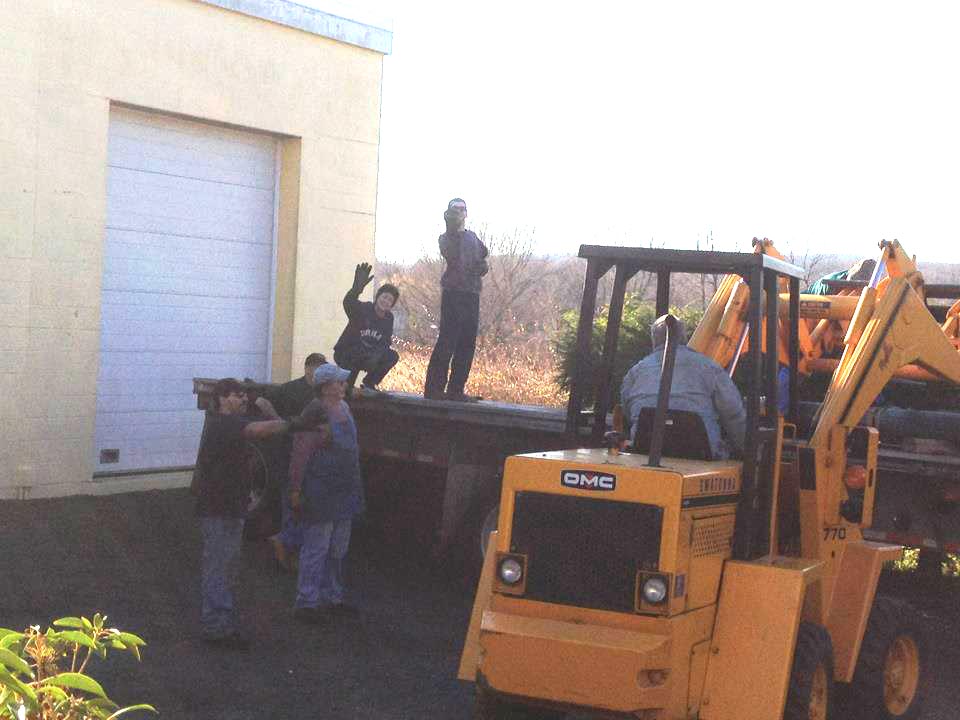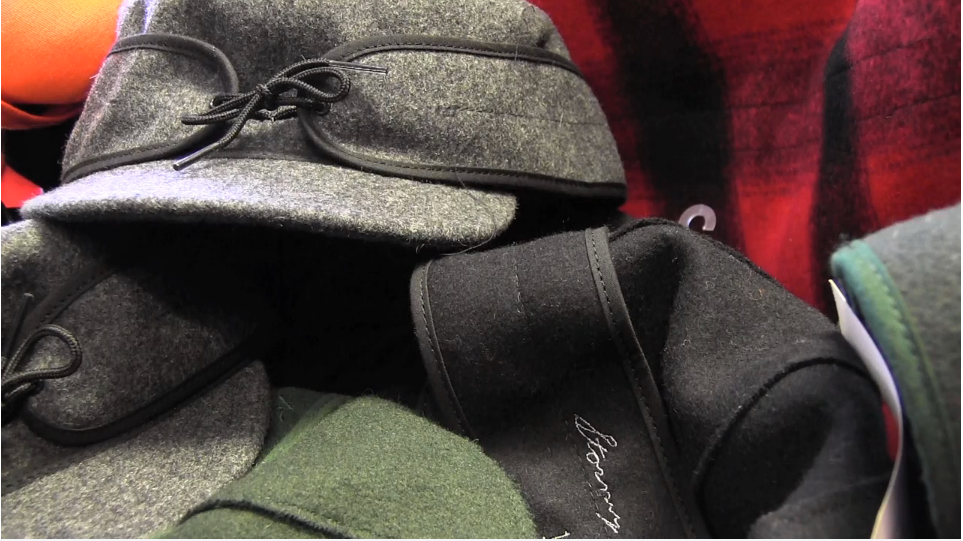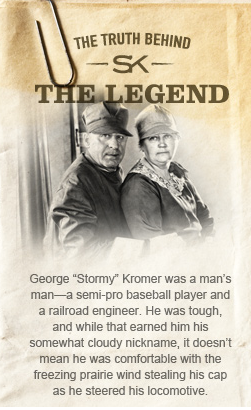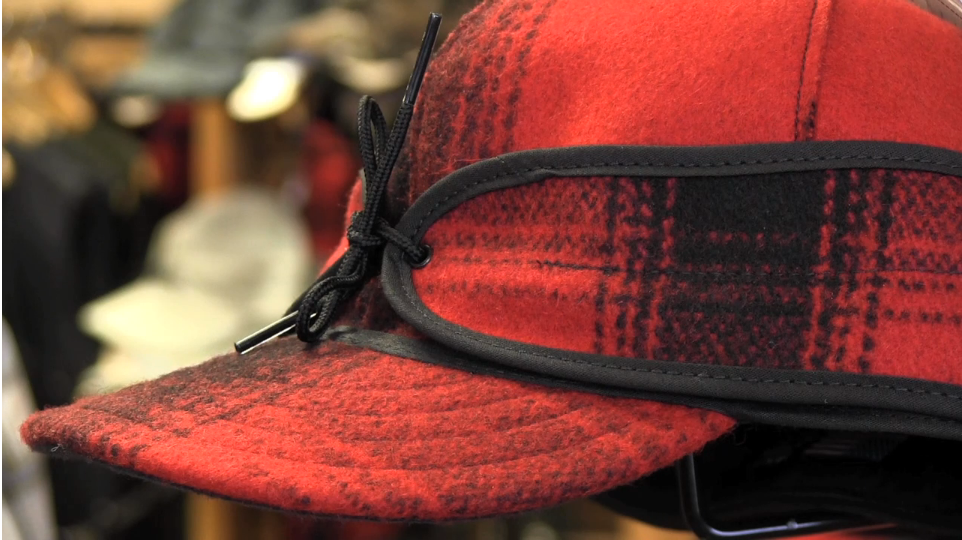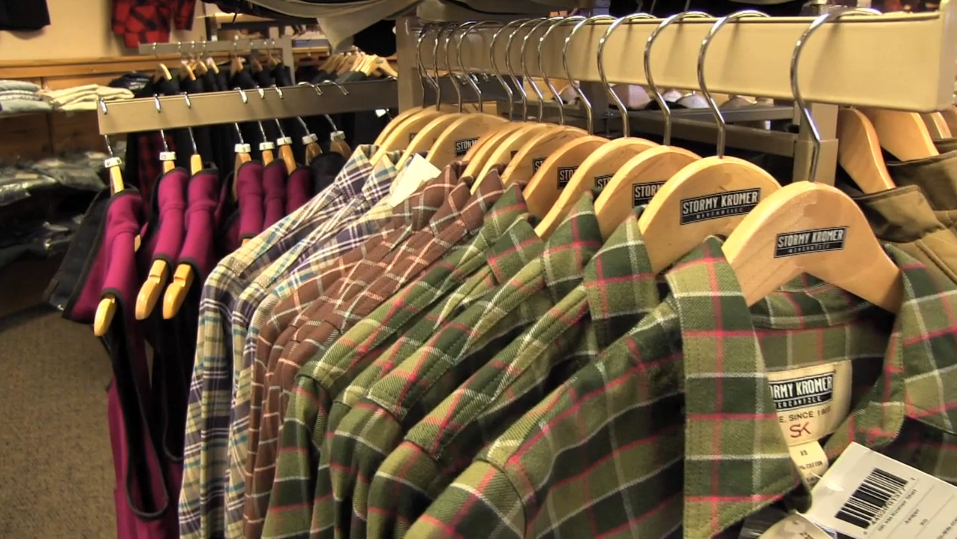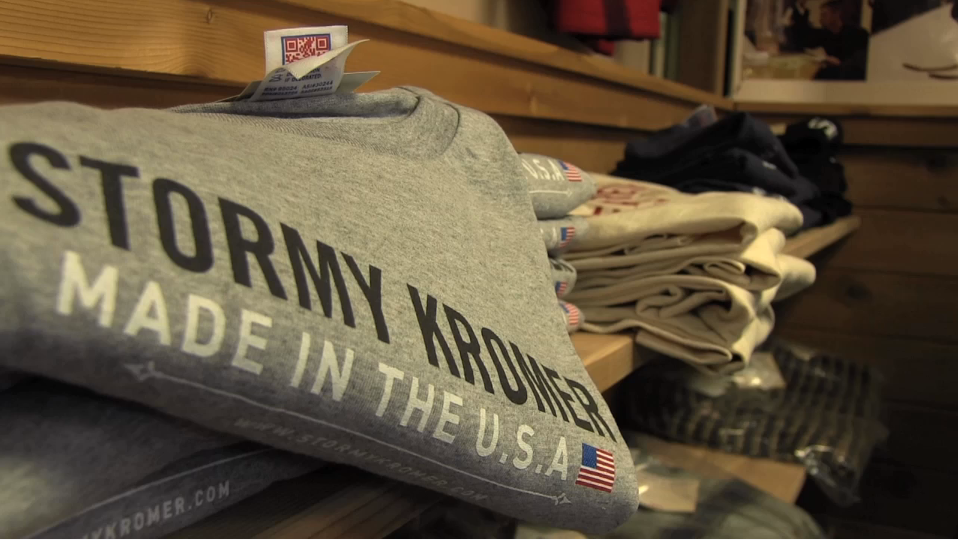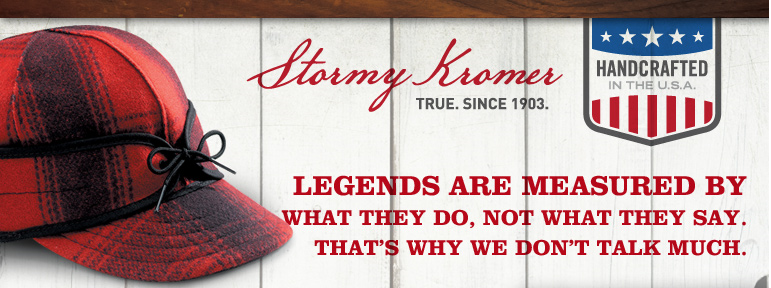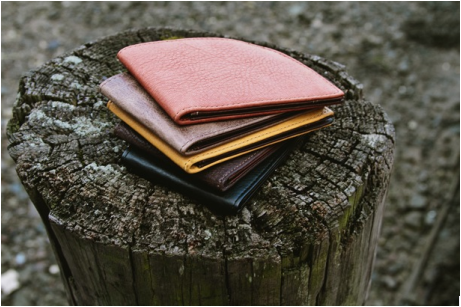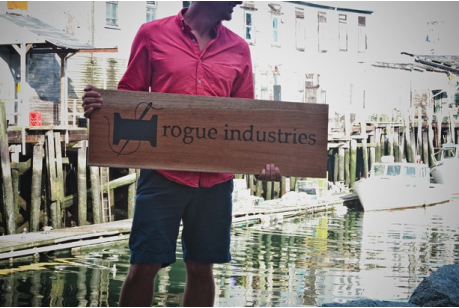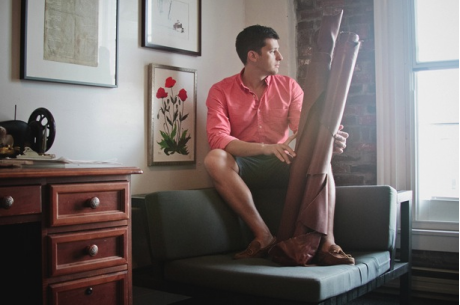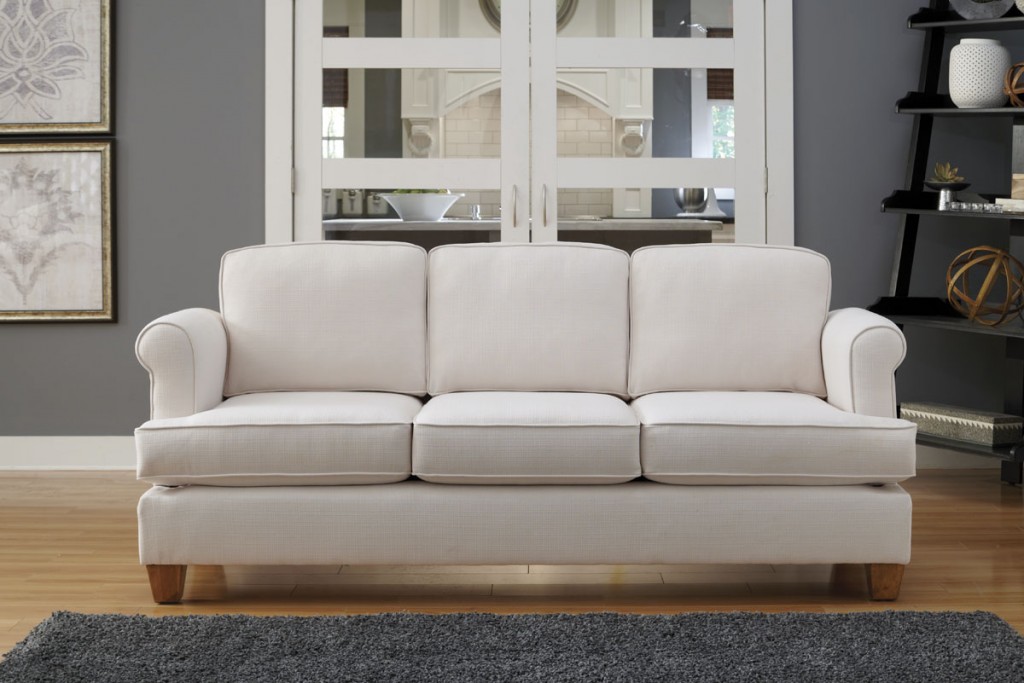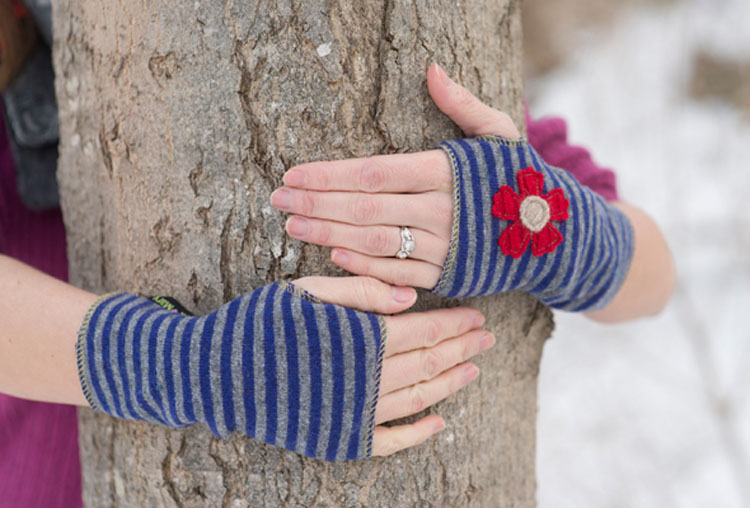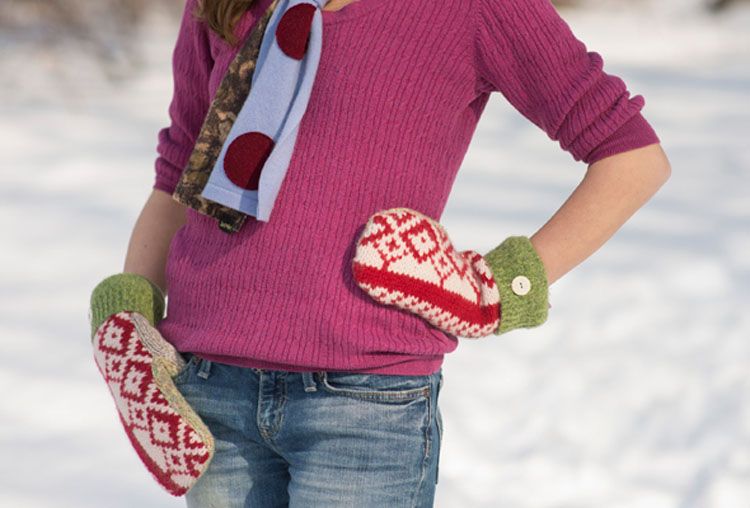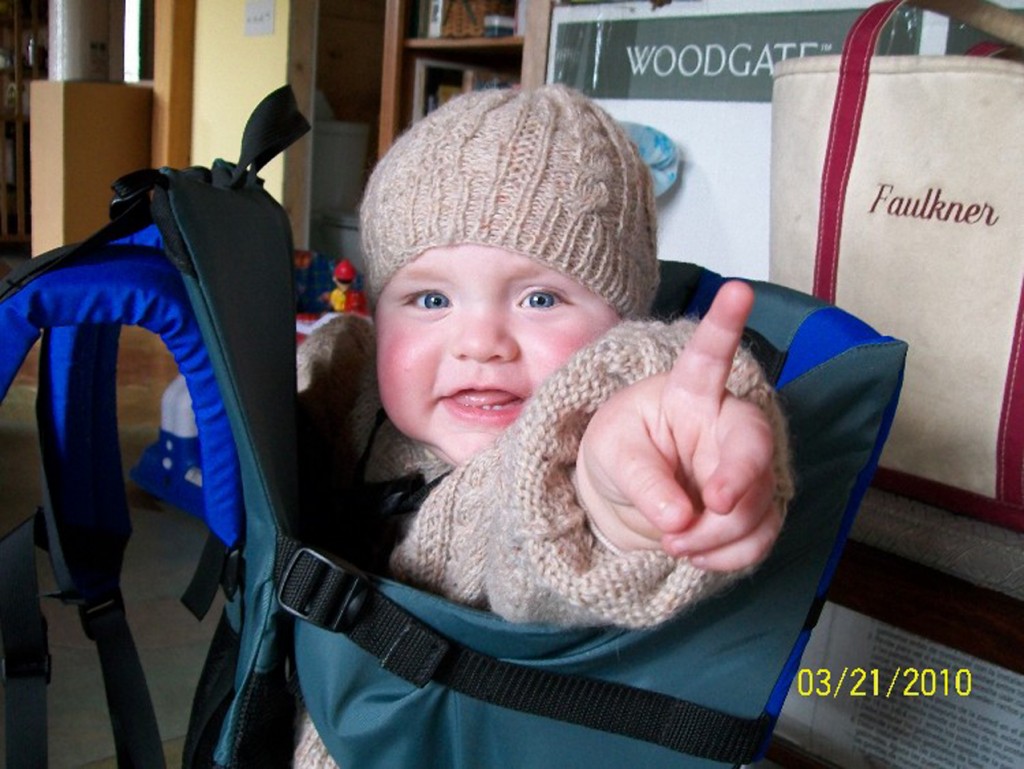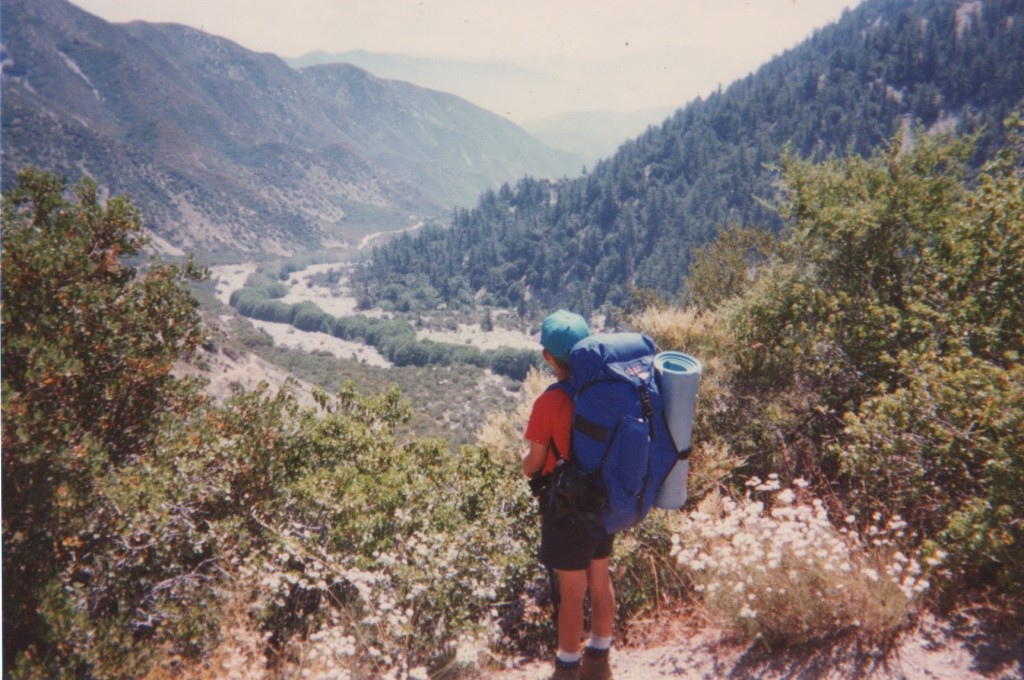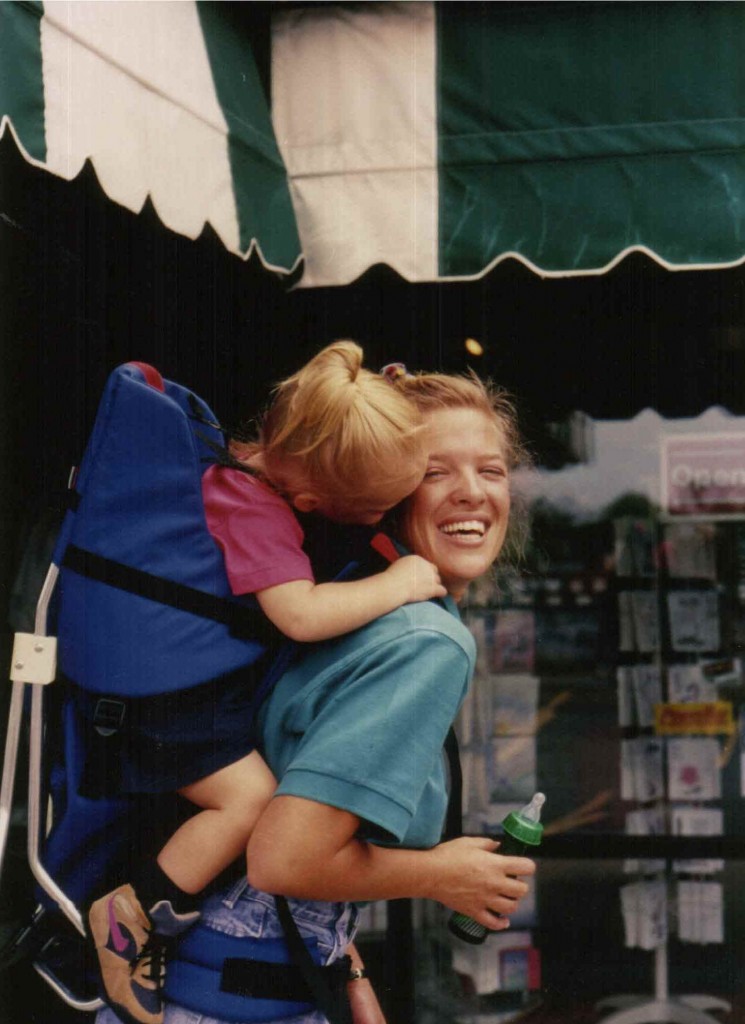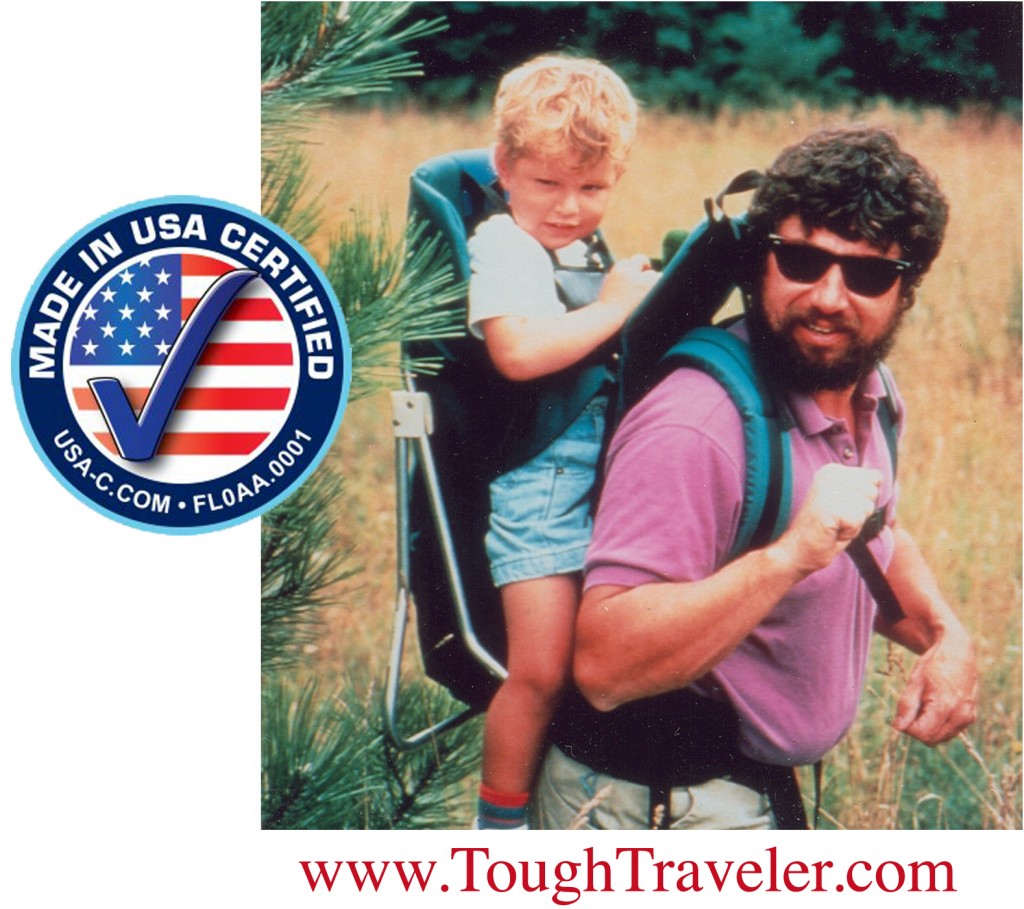The American Dream Comes True
Bill Loitz, Executive Vice President; Ricardo Ruiz, Plant Manager; Ken Rakusin, President and CEOThis feature is a bit different than the others, in that we have a true life “American Dream” story provided by our friends at Gordon Brush. We found it really compelling and believe our readers will also. Please let us know, we welcome your comments.
Estranged from his parents and living with his grandparents at the age of twelve, Ricardo Ruiz had to endure severe economic hardship due to the ravages of political unrest in his native country, El Salvador. Warring rebel factions recruiting young males, killing those who wouldn’t join, made life intolerable for Ricardo to have the freedom to continue his studies. “I was studying Industrial Engineering at the university and I was afraid that the political turmoil would make for an uncertain future, so I decided to seek better opportunities,” Ruiz says. Along with a friend who had family in Canada, Ricardo left El Salvador for the chance of a better life at the age of twenty-one.
Traveling north by bus, train, and boat, the two crossed into California on their way to Canada but they were caught at the border and sent to a detention facility in Chula Vista, CA. Fearing deportation after his petition for asylum was rejected for insufficient evidence, Ricardo spent three days in detention before an aunt living in Montebello, CA paid a fee for his release. Upon his release, he was given a work permit.
Ricardo was encouraged by his aunt’s husband to apply for a job at Gordon Brush Mfg. Co., Inc., where he worked. Ricardo was hired as a janitor because at the time he didn’t speak even a word of English and his educational training in El Salvador was not relevant to an open position at Gordon Brush. Ricardo spent two years as a janitor, all the while acquiring new skills, and learning how to work and fix the machines on his own time. “I wanted to better myself. I knew I had the capability of learning and improving my position and if I worked hard, someone would recognize my abilities,” Ruiz notes.
After two years, Ricardo was given an opportunity to learn how to make brushes on the 2nd shift. Ricardo still wasn’t satisfied; he wanted more responsibility and better, higher paying jobs. Because Ricardo was a hard and conscientious worker, the Company sponsored his United States citizenship. A couple of years passed when Bill Loitz, the son of the owner at the time, recognized Ricardo’s ability and took him under his wing. He was made 2nd shift supervisor and was taught the art of brush making, how to use all of the machines and how to fix them too.
Still not satisfied during this time, as his English improved, Ricardo enrolled in community college to study architecture and accounting. Married and with a child, now he was faced with a dilemma: “should I continue my education and pursue a career as an architect or should I stay at Gordon Brush?” Ricardo says he asked his wife. The answer became crystal clear to Ricardo when Ken Rakusin, the company president and CEO, and Loitz offered him the position of plant manager. Finally, after all of those years of hard work, believing in his own abilities and capabilities, the company management recognized Ricardo’s strengths to promote him to this position. Explains Rakusin, “Ricardo is the epitome of the American dream and a model for every immigrant that comes to this great country, not knowing the language and culture but with hard work, desire, drive, and determination to grow and succeed and to make a better life, from that which he had left, for himself and his family, for Gordon Brush, and the community in which he resides.”
Why did Ricardo stay at Gordon Brush, rather than pursue a potentially more lucrative career as an architect? “I stayed at Gordon Brush because I enjoy working with my hands, solving problems, and providing customers a solution. I know that when a part is shipped from the Gordon Brush plant, that the part will meet or exceed all of the specifications and performance expectations of our customer. It gives me great satisfaction in knowing that I contributed to the customer’s success,” Ricardo proudly states.
Initially Ricardo’s role as plant manager was difficult; not from a work stand-point but from a personnel stand-point. Employees were jealous of Ricardo because he was promoted ahead of some with more seniority. However, Ricardo was quick to allay their fears because he showed them that he was there to help them succeed and work with them to do what was in the best interests of the company.
Fifteen years later as the manager, the plant runs smoothly and with minimal issues as Ricardo, 52 years old, manages the coordination of the production of over 15,000 different brushes made by Gordon Brush. “I have complete faith and trust in Ricardo to do whatever he needs to do to run the plant in the most efficient and cost-effective manner, to make and deliver our wide variety of American made brushes to our customers,” Rakusin says.
Ricardo practices what he preaches and gives back to the system from which he received. He is very active in his church and community center. He counsels young people on what it means to work hard to achieve your goals, to stay out of trouble, to listen to parents or others that have more experience, and to stay in school and get an education. “Besides my family and my job, this is my third greatest satisfaction; being able to give back to the community and hopefully make a difference in a youth’s life,” he says.
Does he have any regrets? “I have no regrets whatsoever. Gordon Brush is my home away from home and the employees are my extended family. Gordon Brush is a great place to work, to learn and grow, and to have the ability to raise a family. Because of Gordon Brush, I was able to build a great life for my wife and me and our two daughters; one of which has graduated from college and the other in her second year of college. It has been a home to many other immigrants and their offspring for over 60 years. Seeing second generation employee’s work at Gordon Brush proves that this is a great place to work. All of the employees know that Ken and the rest of the management team appreciate and respect each and every employee. Gordon Brush is not just a job, it is a family, and only in the United States of America could all this happen”, Ricardo explains. Like in the book, The Little Engine That Could, Ricardo Ruiz knew that he could and he did.

